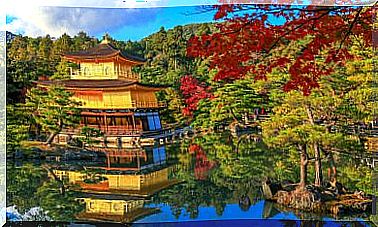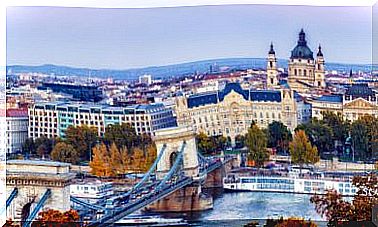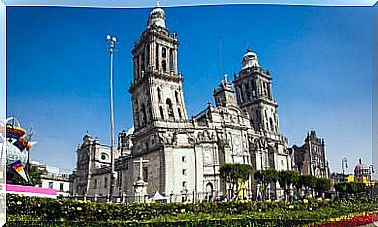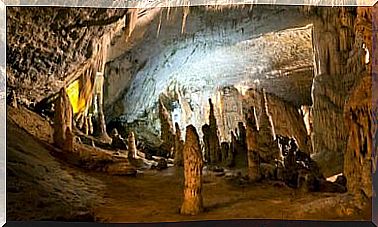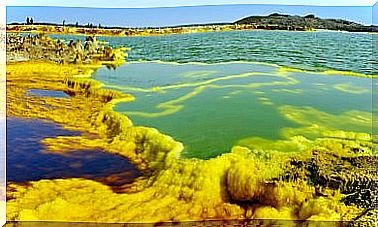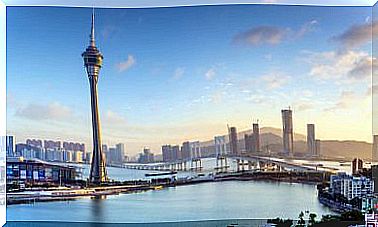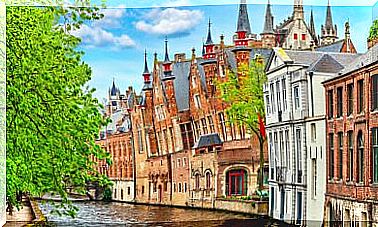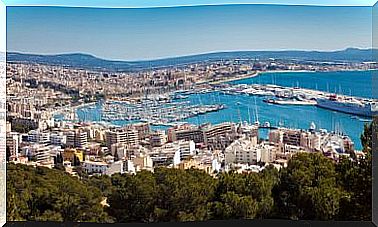6 Charming Medieval Towns In Burgos
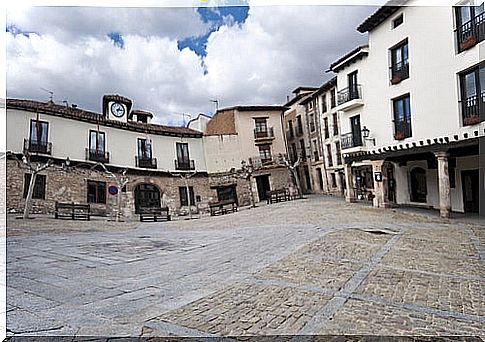
The province of Burgos was one of the territories where the future Kingdom of Castile began to forge, being lands that during the late Middle Ages the Christians were reconquering from the Muslims. Perhaps because of that, or perhaps because many of these places were later frozen in time, there is the possibility of visiting attractive medieval towns in Burgos. Here we recommend several:
Towns of Burgos frozen in time
1. Caleruega
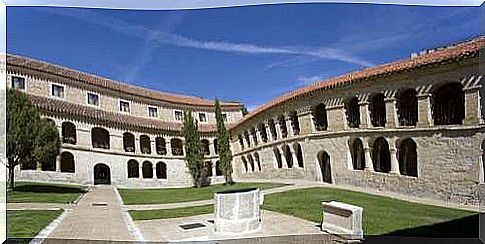
This town is one of the most interesting in the entire Ribera del Duero, a wine country where there are any. Santo Domingo de Guzmán was born here in the 12th century, although by then the population was already about two hundred years old. However, the footprint of Santo Domingo de Guzmán is indelible on the streets of Caleruega.
Here is the convent that bears his name, as well as in the church of San Sebastián it is remembered that that saint was baptized in it. And of course, another of the must-see monuments is the robust Torreón de los Guzmanes.
2. Lerma
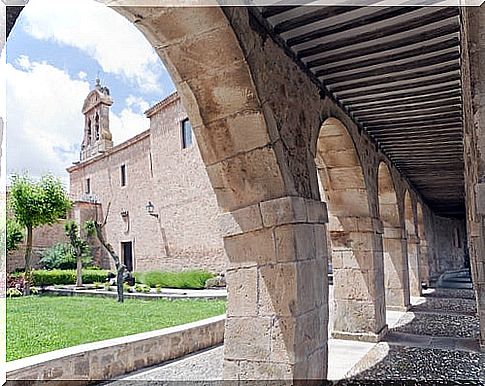
Lerma has a medieval complex of enormous interest, but the most interesting thing is that these traces of the Middle Ages coexist perfectly with much later buildings. Do not forget that it has been declared a Conventual and Courtesan Villa from the 17th century. This is the reason for the presence of the Ducal Palace dominating the Plaza Mayor, as well as other constructions with a baroque air.
However, the town is closely linked to the Middle Ages and this is seen in other places in the small town that preserves medieval houses, as well as a bridge from that time or the so-called Arco de la Cárcel.
3. Cold
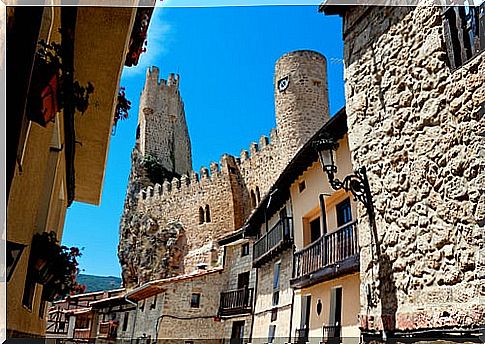
The name gives us an idea of the climate in this place located about 80 kilometers from the city of Burgos. But don’t be intimidated by the cold, this town is worth a visit to appreciate the monumentality of its main historic building: the castle of Frías.
Around this fortress this town founded in the distant 10th century developed. And strolling around you can see buildings with a medieval flavor such as the church of San Vicente, almost on the edge of a precipice, or the bridge that joins the two banks of the river. Ebro river. And worthy of a good photograph are the Hanging Houses, adapted to the rugged territory that surrounds Frías.
4. Peñaranda de Duero
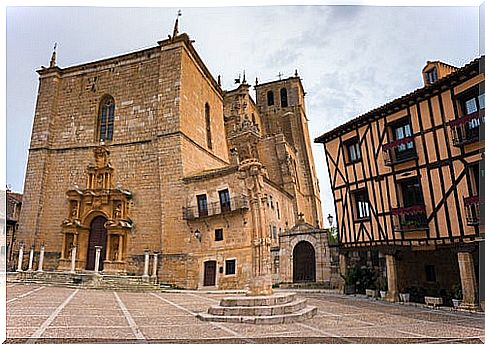
If the previous town is watered by the Ebro, now we go to another of the great Hispanic rivers: the Duero, or rather one of its tributaries, the Arandilla. Here the Christians chose to found a castle in the 11th century to watch over their Muslim rivals and neighbors, and that was the germ of Peñaranda de Duero.
Shortly after, the Plaza Mayor was built, where the collegiate church of an abbey used to be. And progressively its medieval urban fabric was developed, which today is preserved almost in its entirety. Just as a very interesting later construction is preserved: the Palace of the Counts of Miranda, built in the 16th century.
5. Poza de la Sal
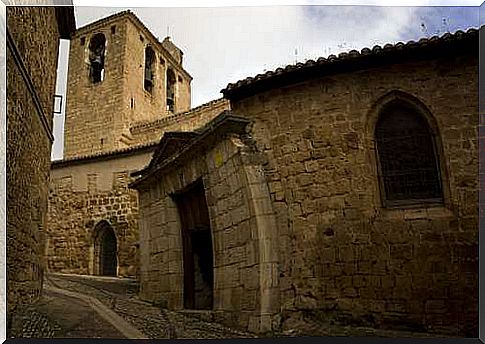
This population is practically bordering the territory of the Basque Country. And as you can imagine from its place name, salt was extracted here and that was the source of its wealth. Even today you can see the salt flats near the town.
However, the most beautiful thing is to walk through the medieval town, exceptionally well preserved and declared a Historic-Artistic Site. A place where you can visit the church of San Cosme and San Damián, the convent of San Bernardino de Siena, the remains of the castle or the sanctuary of Nuestra Señora de Pedrajas.
6. Covarrubias
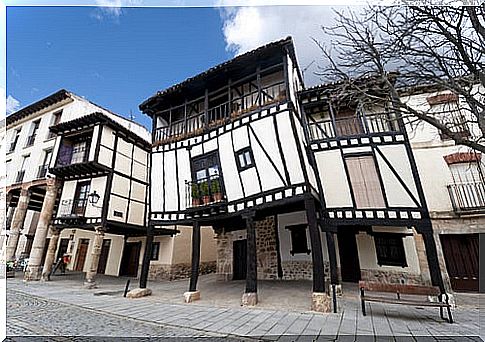
We are going to end up with one of the most attractive monumental complexes in Burgos. We are talking about Covarrubias. A population linked to Fernán González, an indefatigable Christian nobleman who fought hand in hand with the Cid on several occasions. In fact, his tomb is kept in the Collegiate Church of Covarrubias. And two of the main monuments bear his name, a palace and a great keep.
But in addition to remembering the main architect of the reconquest of Covarrubias, you also have to take a quiet walk through the town to feel the medieval essence of its streets and squares, or to appreciate the spirituality of its church dedicated to Santo Tomás.
